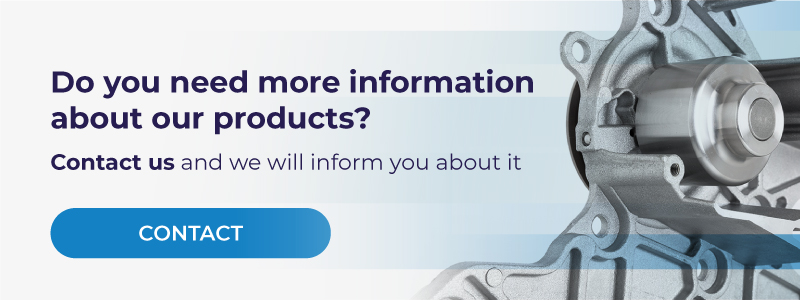The accessory belt (also known as auxiliary belt) is often an overlooked component in engine functioning. However, its importance is growing as modern vehicles increasingly rely on this system to extend their engines’ performance.
As the car accessory belt becomes more relevant in engines today, the importance of understanding this component also grows. This is why we’ve compiled a brief guide on this common part found on cars, including the most frequently asked questions.
What Does The Accessory Belt Do?
Also commonly referred to as drive belt, the accessory belt is in charge of powering a series of components within a vehicle’s engine by applying friction to a system of pulleys.
It’s thus able to transmit rotational energy from the crankshaft pulley to a series of accessories, thus effectively moving these components.
The accessories powered by the accessory belt include:
- Alternator
- Air conditioning compressor
- Power steering pump
In some cases, it also supplies power to the water pump. To ensure efficiency, an optimal working of all of them together must be achieved.
Where Is The Serpentine Belt Located?
The serpentine belt is attached to the crank pulley and winds its way through various parts of your engine block. Depending on the engine in each vehicle, the serpentine belt may be located at the front of the engine block, or it may be along one side.
Keep reading: Understanding timing belt components and how to maintain it
What Are Other Types Of Belts In A Engine?
Considering the definition given above, it’s important to understand that the accessory belt is not the only drive belt within an engine.
-
- Alternator belt: related to the car battery.
- Power steering belt: helps making steering easier.
- Water pump belt: helps powering the water pump, in charge of circulate coolant from the radiator to the vehicle’s engine block to prevent overheating.
- Air conditioning compressor belt: drives the AC compressor in charge of keeping low temperatures in the vehicle cabin.
- Timing belt: It is a positive engagement device; it guarantees the engine’s crankshaft and camshaft work in sync. Depending on specific engine belt configurations, it can sometimes drive water pumps and oil pumps too.
What Are The Benefits Of The Accessory Belt?
The incorporation of the accessory belt has been favored in recent years for its capacity to generate an integration in power transmission processes. Additionally, its efficiency can be improved when incorporating serpentine belt tensioners, which maintain correct tension and alignment, as well as avoiding slipping and vibrations.
In order to access all these benefits, it’s key for mechanical experts to approach the accessory belt as a key component that shouldn’t be underestimated. This includes the need for sustained maintenance checks, especially looking at the manufacturer’s recommended replacement timings.
Below are the main benefits of auxiliary drive belts:
-
- Belt drives consume less engine space as it’s only a single belt running.
- The accessory belt allows more belt tension without stretching.
- Easier maintenance.
- Cost-effective. Fuel economy and available power are increased.
- Using a belt drive eliminates the tendency of flip.
What Are The Symptoms Of A Faulty Car Accessory Belt?
Certain factors such as the general wear, high temperatures or vibrations can have an impact on the car accessory belt, translating into a need for replacement.
Here’s a brief look at the symptoms of wear in the accessory belt that can cause further damage to your vehicle.
- Hardening of the power steering.
- Battery failures in the vehicle.
- Wear and loss in the ribs of the belt.
- Shiny or frayed appearance.
- A surface that presents signs of abrasion.
- A belt that has been contaminated with oil or coolant.
- Excessive slack.
- Misalignment on pulleys.
- Melting.
- Noise when operated, including squealing or screeching sounds, and frequent ticks during acceleration.
Drivers can experience some effects like the failure of the power steering, the alternator, also the water pump, and air conditioner. However, each type of accessory belt will present its own needs and symptoms of wear.
You may like: Diagnose Auxiliary Drive Belt: symptoms of wearing
Do you have more questions about this element or want to know more about how to choose the right auxiliary drive kit? We are here to help you. With our decades-long experience we guarantee the highest quality and mechanical efficiency, as well as compliance with the strictest quality standards.
Get in touch with us if you’ve run into any of the following issues mentioned above and obtain personalized advice to choose the best option for replacements.


